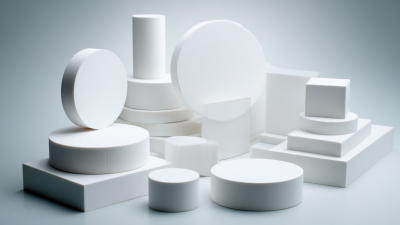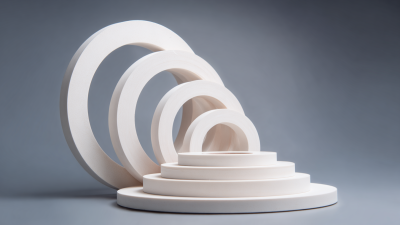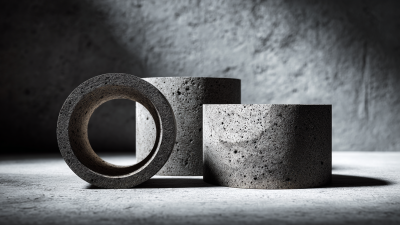Leave Your Message
Porous Alumina Ceramics play a pivotal role in advanced filtration technologies, significantly contributing to the enhancement of various industrial processes. As industries increasingly seek efficient and sustainable filtration solutions, the demand for high-performance materials has risen sharply.
According to a recent industry report by MarketsandMarkets, the global filtration market is expected to reach USD 40 billion by 2025, propelled by advancements in material science and technology.
 Porous Alumina Ceramics, with their superior chemical stability, high temperature resistance, and customizable pore structures, emerge as a critical component for applications ranging from water purification to air filtration. Their ability to effectively separate particles and contaminants makes them indispensable in sectors such as pharmaceuticals, food and beverage, and environmental protection.
As the focus on sustainability and efficiency intensifies, the integration of Porous Alumina Ceramics in filtration systems is set to revolutionize practices, ultimately leading to cleaner and safer environments.
Porous Alumina Ceramics, with their superior chemical stability, high temperature resistance, and customizable pore structures, emerge as a critical component for applications ranging from water purification to air filtration. Their ability to effectively separate particles and contaminants makes them indispensable in sectors such as pharmaceuticals, food and beverage, and environmental protection.
As the focus on sustainability and efficiency intensifies, the integration of Porous Alumina Ceramics in filtration systems is set to revolutionize practices, ultimately leading to cleaner and safer environments.
Porous alumina ceramics play a pivotal role in advanced filtration technologies due to their unique properties, such as high porosity and structural integrity. These materials are essential for achieving high filtration efficiency, particularly in applications focused on removing aqueous pollutants from water sources. A recent study highlighted the efficacy of bimodally-porous alumina, which presents tunable mesopore and macropore structures, making it an ideal candidate for efficient organic adsorption. The ability of these ceramics to capture toxic substances is crucial for ensuring clean water distribution, with certain configurations demonstrating adsorption efficiencies exceeding 90% for various contaminants.
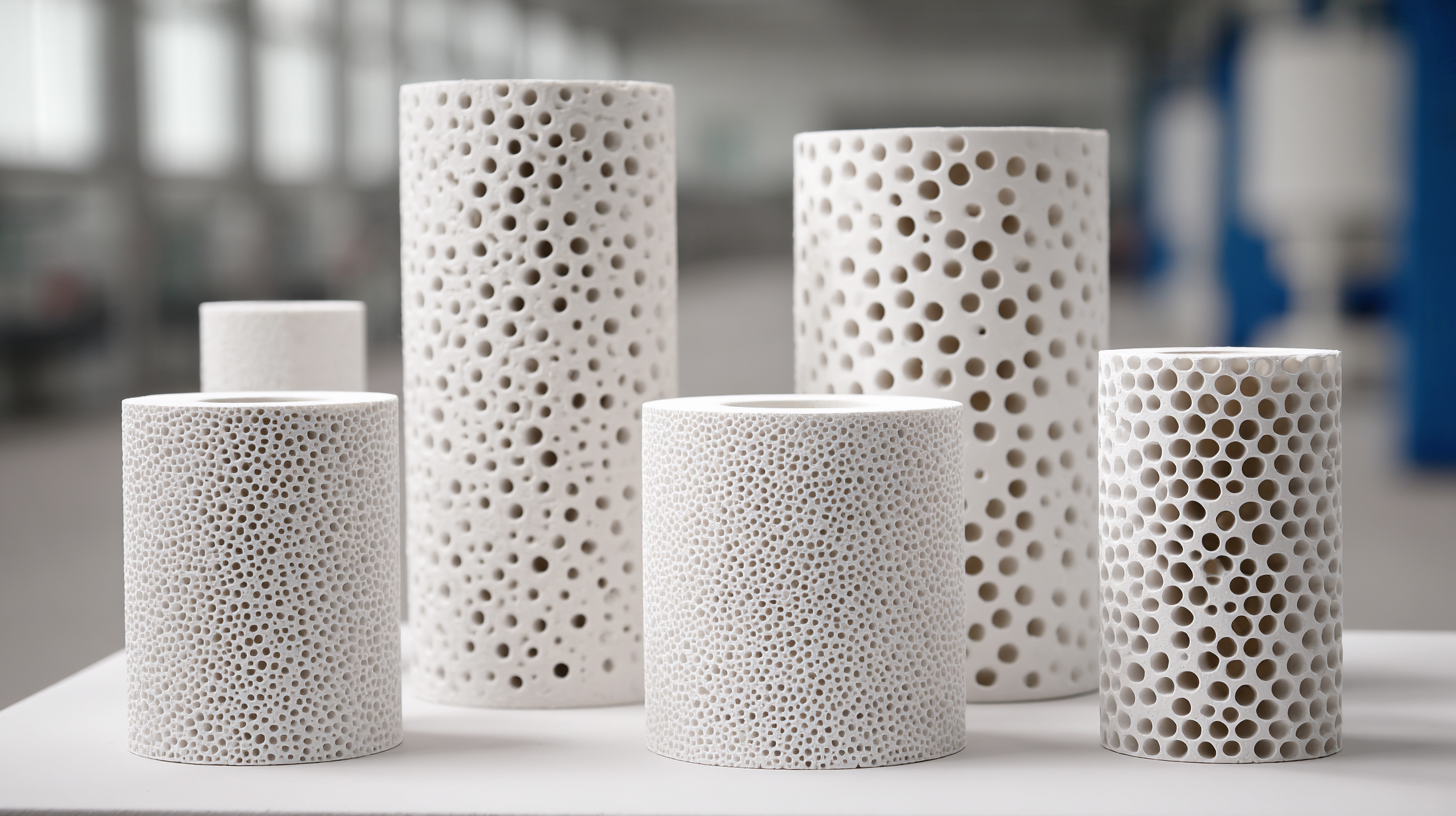
In addition, advancements in ceramic membranes have revealed significant improvements in their performance and cost-effectiveness, further underscoring the importance of porous alumina in water treatment systems. Research indicates that ceramic membranes, when compared to traditional filtration methods, yield higher permeabilities and lower operational costs. The integration of such ceramics into filtration technologies enables not only the efficient separation of harmful pollutants but also contributes to the development of more sustainable water treatment solutions. As the demand for clean water continues to rise globally, the role of porous alumina ceramics will only become more critical in the quest for high filtration efficiency and effective pollutant removal.
Porous alumina ceramics are becoming increasingly integral to advanced filtration technologies due to their unique structural properties and superior performance. These materials facilitate enhanced particle removal through several mechanisms, including sieving, interception, and inertial impaction. According to a report by MarketsandMarkets, the filtration market utilizing ceramic materials is expected to grow significantly, projecting a CAGR of 7.1% from 2021 to 2026, largely fueled by the demand for sustainable and efficient filtration solutions.
The fine porosity of alumina ceramics allows for the efficient capture of particles ranging from sub-micron to several microns in size. Researchers have found that these ceramics can achieve a high filtration efficiency of over 99% for particulate matter, making them suitable for applications in water treatment, air purification, and even pharmaceutical manufacturing. Additionally, the thermal and chemical stability of alumina ceramics enhances their durability, allowing for extended service life and reduced replacement costs.
**Tip:** When selecting porous alumina ceramics for filtration applications, consider the pore size distribution and specific surface area, as these factors significantly influence the filtration efficacy and operational longevity. Always refer to industry standards for optimal material selection based on the specific type of contaminants involved.
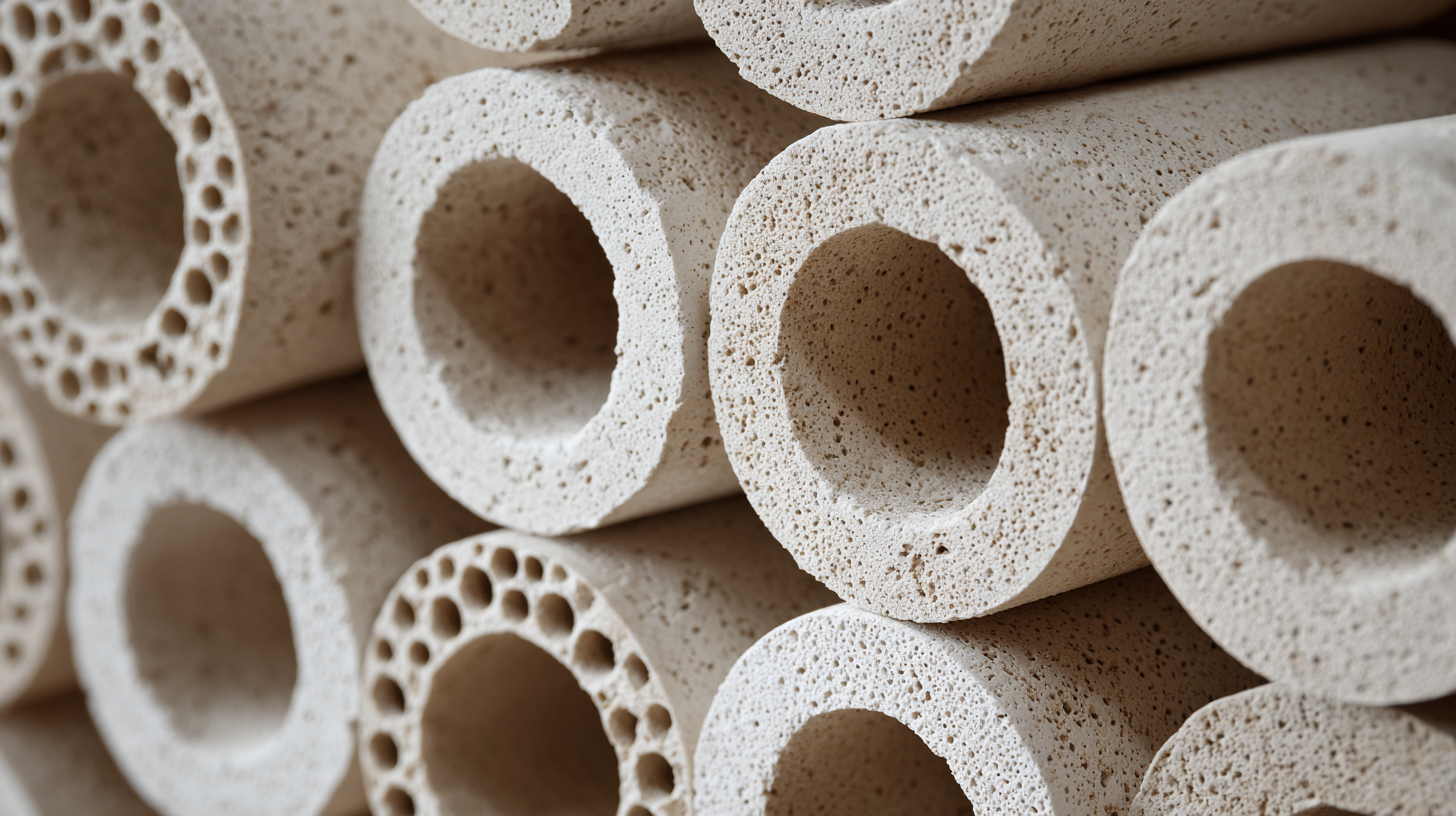
Porous alumina ceramics have emerged as a leading material in advanced filtration technologies, offering superior advantages over traditional filter materials. Unlike conventional filters that often struggle with high temperatures and aggressive chemical environments, porous alumina ceramics maintain stability and reliability even under extreme conditions. This is due to their robust structural integrity, which ensures prolonged functionality and efficiency in various applications, including water purification and industrial processes.
When comparing porous alumina ceramics to traditional filter materials, such as activated carbon or fiberglass, the former exhibits a higher filtration capacity and a larger surface area for adsorption, which enhances their performance. While traditional materials may degrade over time and require frequent replacements, porous alumina ceramics can sustain their efficacy for longer periods, thereby reducing operational costs. Additionally, their ability to be tailored for specific pore sizes allows for customized filtration solutions that address diverse challenges faced in both industrial and environmental contexts.
Tips: When considering filtration options for your application, evaluate the specific requirements such as chemical compatibility and temperature stability. Investing in porous alumina ceramics may lead to improved efficiency and cost savings over time. Always consult with filtration experts to identify the best materials tailored to your needs.
Porous alumina ceramics have emerged as a crucial material in innovative filtration applications, particularly in the sectors of water and air purification. Their unique porous structure not only allows for effective filtration of contaminants but also enhances the overall efficiency of purification systems. The controlled pore size and distribution in these ceramics enable the trapping of particulate matter, bacteria, and even dissolved substances, making them ideal for advanced water treatment processes. Furthermore, their chemical stability and resistance to degradation under harsh environments ensure long-lasting performance in diverse filtration applications.
In air purification, porous alumina ceramics play a significant role as catalyst supports in the removal of volatile organic compounds (VOCs) and other pollutants. Their high surface area and tunable porosity facilitate the adsorption of harmful particles, while also allowing for catalytic reactions to occur. This dual function contributes to improved air quality in both industrial settings and urban environments. Additionally, the lightweight nature of porous alumina ceramics makes them suitable for various portable filtration devices, promoting accessibility to clean air and water, which is essential for public health and environmental sustainability.
| Application Area | Material Properties | Filtration Efficiency (%) | Particle Size Range (µm) | Typical Uses |
|---|---|---|---|---|
| Water Purification | High porosity, chemical stability | 95 | 0.1 - 10 | Drinking water treatment, wastewater management |
| Air Filtration | Thermal resistance, low density | 90 | 0.5 - 5 | HVAC systems, industrial air cleaning |
| Oil Emulsion Separation | High strength, pH resistance | 85 | 1 - 100 | Oil and grease removal from effluents |
| Particulate Matter Capture | High surface area, mechanical durability | 98 | 0.3 - 10 | Automotive filters, industrial dust collection |
Porous alumina ceramics are rapidly gaining attention in the realm of advanced filtration technologies, primarily due to their exceptional mechanical strength and chemical stability. These materials exhibit a highly porous structure, which allows for efficient fluid flow while trapping undesired particles and contaminants. As environmental regulations tighten and industries seek more sustainable practices, the demand for advanced filtration solutions has surged. Porous alumina ceramics can be engineered to achieve specific pore sizes and distributions, making them ideal for applications ranging from water purification to the filtration of industrial emissions.
Looking toward the future, the integration of porous alumina ceramics with emerging technologies such as nanotechnology and smart materials could significantly enhance filtration efficiency. Innovations in surface modifications can further improve their selectivity and durability, giving rise to multifunctional filters that not only remove particulates but also deactivate pathogens or absorb hazardous substances. Additionally, the development of hybrid systems combining porous alumina ceramics with other filtration media may lead to new paradigms in environmental remediation and air quality management, addressing the complex challenges posed by pollution in a more effective and resource-efficient manner.

